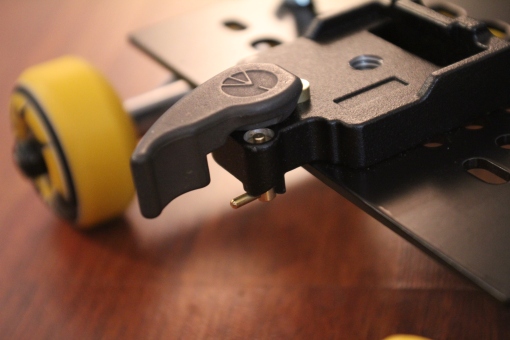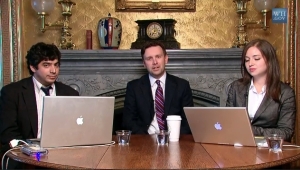My DIY Spider Dolly!
So, I’m a bit behind on the posting front because I’ve been mired in pre-production for my short film that shoots in July. In fact, “The Lake” is the first film to be featured in the Tarakata Films production blog. You can find out more about the film at the following links:
Find out more and follow our journey from script to film on our production blog:
http://tarakatafilms.wordpress.com/
“Like” our Facebook page for notifications of production updates and screenings:
http://www.facebook.com/pages/The-Lake/142515309154472
Check out our IndieGoGo campaign to help us get the film made:
http://www.indiegogo.com/The-Lake-1
But first, check out my new DIY Spider Dolly! I followed Just Basl‘s video DIY, with a few adjustments, which I will outline below.
Here are the pieces I used for my DIY dolly!
Skateboard: ($20) This is the one I got, but if you can find a cheaper one, so much the better! 🙂
http://www.target.com/Maple-Masters-Slap-Skateboard-Blue/dp/B004EMYK7O/ref=sc_qi_detaillink
Cheeseplate: ($15) Glidecam calls them weight plates, but they’re cheeseplates.
http://www.bhphotovideo.com/c/product/656408-REG/Glidecam_GLCWP_Camera_Weight_Plate.html
Carriage Bolts & Wingnuts: (<$1 each) Available at Lowes and Home Depot. I got one set of 3/8″ (#20) and one of 1.4″ (#16), both 2″ long. I recommend taking your skateboard trucks and cheeseplate in to make sure you get a good length for your setup.
Quick Release Plate: ($30) I got a few of these, one for my DIY dolly, one for my tripod, and one for my shoulder mount. This way, I can switch from one mount to another in the blink of an eye!
http://www.bhphotovideo.com/c/product/554141-STUD/Manfrotto_323_323_RC2_System_Quick.html
And here’s how I put mine together:

I bought a skateboard from Target and pulled the trucks off. I needed pliers to get it started, but after that they came off pretty easily.

I didn't end up needing to get washers, as there was already a pair on the trucks, There were also these great rubber spacers that I worked into the design.

The video calls for carriage bolts and wingnuts to attach the cheeseplate. I got two different sizes, since the holes on the cheeseplate are bigger on one end than the other and I needed to attach them as far out as possible, so the prongs that stick up from the trucks wouldn't interfere with the cheeseplate lying flat. Also, that way the bolt wouldn't wiggle around in the hole.

I chose 2 inch long carriage bolts, one in 3/8 inch diameter, the other in 1/4 inch diameter. Both Lowes and Home Depot have handy displays that will help you size out your nuts and bolts. Make sure you get either coarse or fine threaded for both!

I attached the trucks to the cheeseplate with a spacer on either side of the rings on the trucks. The rubber spacers worked so well that I didn't even need to use the washers. They also make it easier to tighten the bolts.

Finally, I attached a Manfrotto 323 quick release plate. The lock on the plate is great, but when I tried to attach it in the center, it kept the plate from sitting flush against the base, so I attached it at the edge with the lock hanging over. The camera still balances perfectly on it.

And here it is all finished! The best thing about this little guy is that you can tilt the wheels in to make a curved path! Just loosen the bolts, adjust, and retighten!
And here are a couple shots I did with my little dolly at a wedding last weekend!
Here’s the dolly with the wheels set for a straight path:
And here it is with the wheels set to follow the curve of the table it was on:



